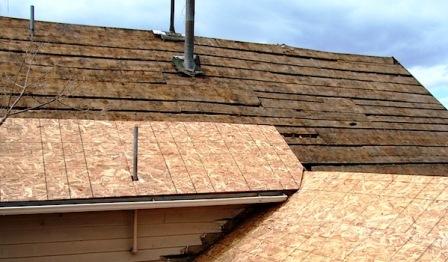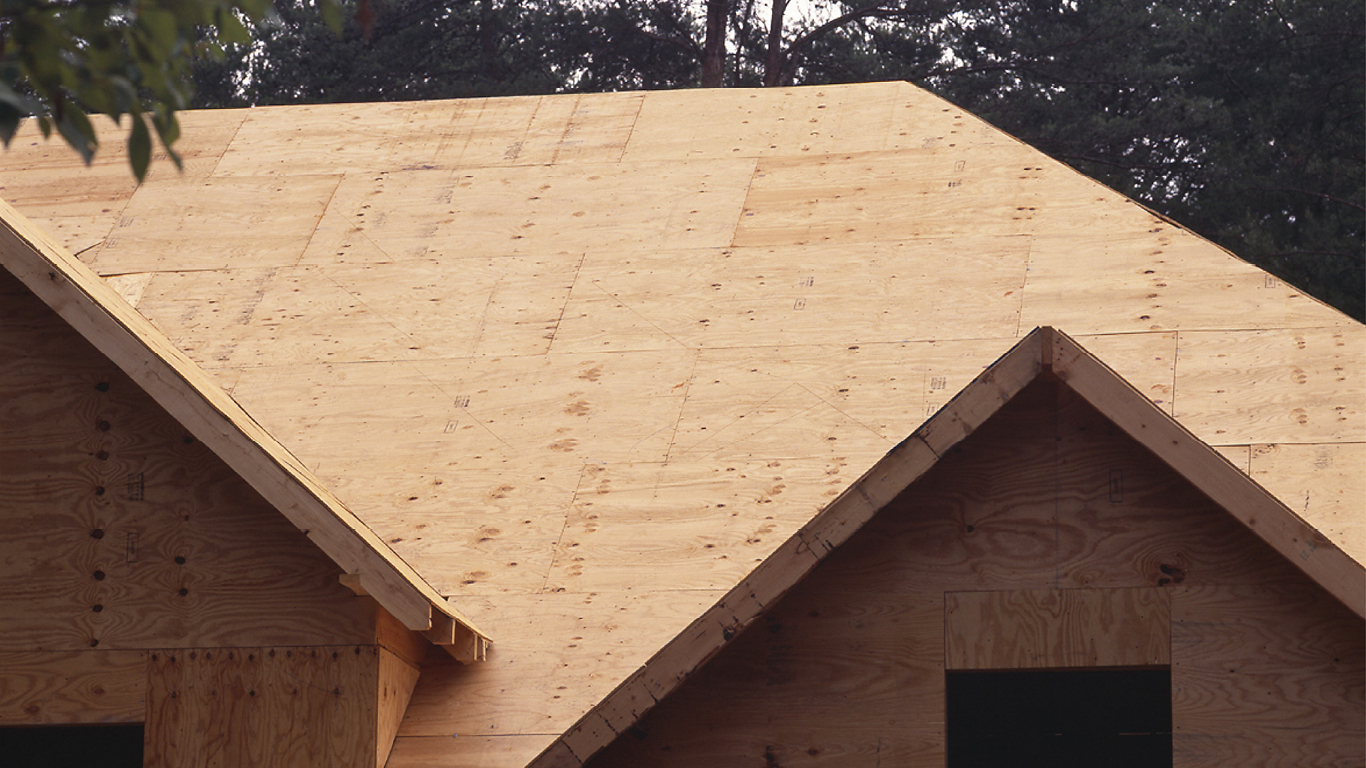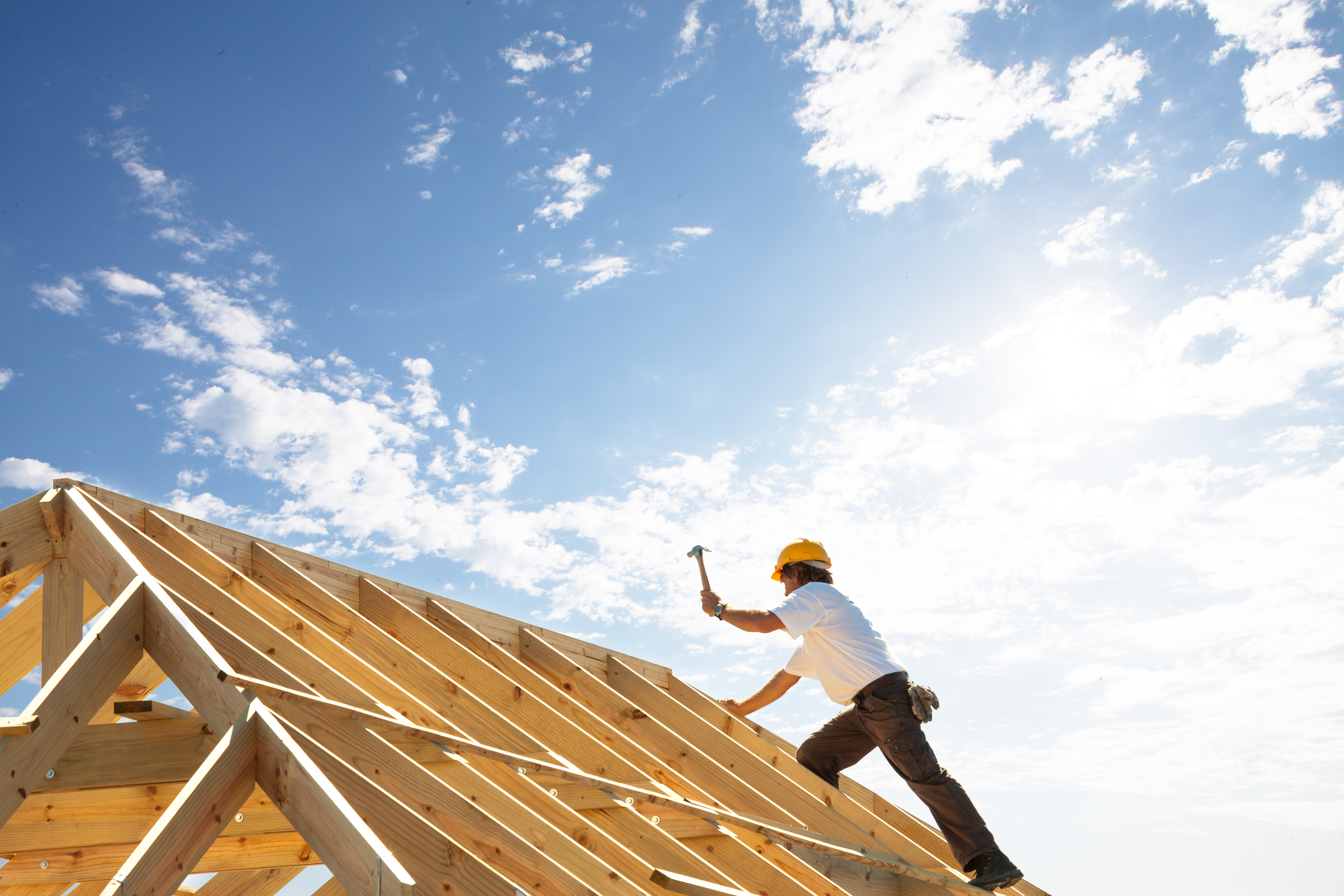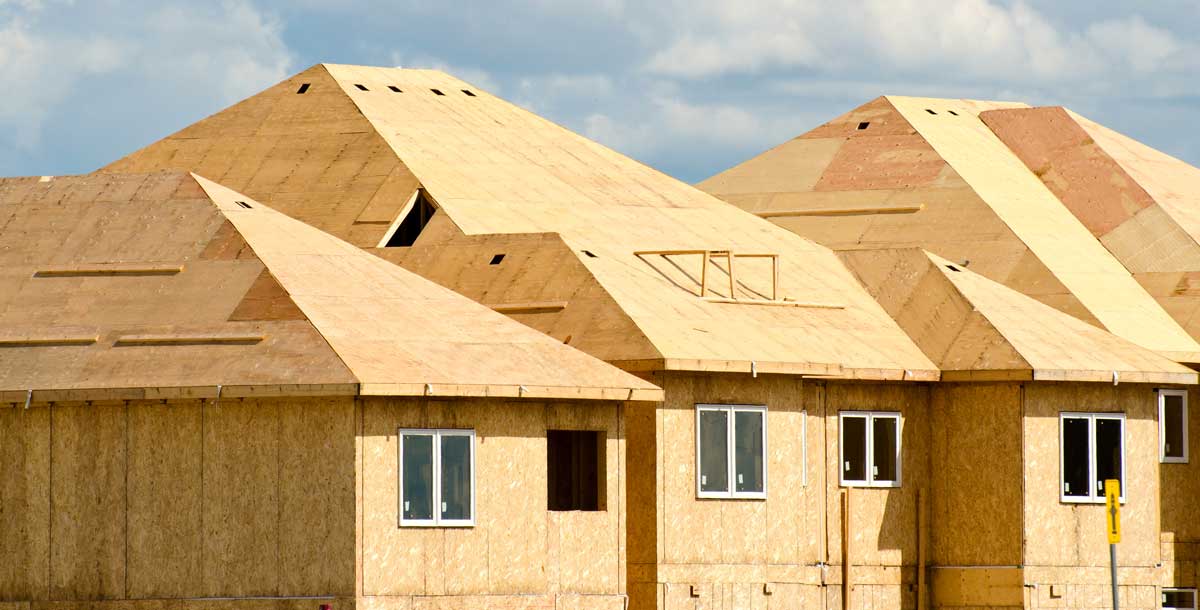Plywood has better performance when it comes to overall durability. The plywood or OSB you use for a base underneath your metal roofing should be at least 716 inch thick.
 Mastering Roof Inspections Asphalt Composition Shingles Part 38 Internachi
Mastering Roof Inspections Asphalt Composition Shingles Part 38 Internachi
If you think of the way that plywood is manufactured every 18 thickness is a different layer that is rotated 90 degrees which is what gives plywood its bi-directional strength and dimensional stability.

What plywood should i use for roofing. Both of them are great for roofing. The minimum thickness of plywood used for roofing is 38 th of an inch. Be sure to use plywood that is thick enough.
Steeper rather than flatter roofs will have lesser load per sq. A half inch CDX plywood is often used with rafter with 24-inch spacing. I recovered the pt plywood in 2002.
Exterior grade plywood and OSB are the two main choices for roofing. It has been leaning agianst a tree behind my shop or used as walk boards since then. Do not use CDX for roofing sheds or other places that are exposed to moisture consistently.
If you are using OSB for your roof deck then ⅝ is the recommended thickness. Pine plywood Although the name implies that these woods arent as strong as others you might be surprised to know that construction workers typically use softwoods for exterior frame sheathing roof sheathing and sub-flooring. Thickness often depends on how spaced apart the rafters are.
That could be your biggest problem in you are using shingles on to low a pitched roof. 38 should be replaced optimally but it would be better to use all. Exterior grade plywood is more water resistant than strand board based on my observations exposed edges or leaks cause more damage to OSB than to plywood.
When used in flooring plywood functions as the subfloor that supports hardwoods tile and carpet floors. For rafters spaced 20 or more inches apart 12- or 58-inch plywood is recommended. The sole exception to this is pressure treated CDX which can survive for decades without even a protective coating.
Structural plywood has proof of strength performance provided by the supplier and indicates it has passed the building regulations to be used for structural use in a building. The most common rafter spacing is 24 inches and 58-inch plywood is recommended for that. But most of the time plywood is about ½-⅝ inch thick when sheathed on a roof.
OSB and plywood come in thicknesses ranging from 516 to 34 inch and the thickness needed for a particular roof depends on several factors including rafter spacing expected load and roof. Comment below to have your question answered on a future episode. In the end it will be your consideration to choose between performance and cost.
Whereas OSB is usually about 716 inches thick. Metal roofing panels rated for architectural use attached to purlins horizontal pieces of wood or metal fastened to roofing trusses are structurally sound when installed according to your roofing manufacturers instructions and local building codes. While plywood can be about 5 to 7 plies thick OSB can be composed of as many as 50 strand layers compressed together.
For plywood which is slightly stronger than strand board ½ thick is. What do you need to know when deciding between OSB and plywood for your roof deck. Most construction sites will consider the use of either OSB or plywood for the roof.
While strand board is stronger in shear force plywood of the same thickness is lighter easier to lift on your own. When used for roofing plywood panels are covered and protected by a variety of building materials that keep the elements at bay including roof felt underlayment flashing and shingles. This kind of plywood can be used on roofs with minimal load.
If your roof carries a heavier load like if theres less pitch andor it snows in your area a roofer may. We used 34 pt plywood for sheating on a flat roof in 1982. Only use CDX plywood for the interior of a house where water damage is far less likely.
Foot and with a maximum of spacing of 16 inches between rafters. It can withstand moisture for a brief period of time but may become warped. Eventually you can decide which one to use between plywood vs.
Softwood plywood can also create things like sheds temporary flooring doghouses shelving and more. If you mix thicknesses of plywood it will cause a problem eventually and the thicker sheathing will be noticeable probably within a month. Standard roof sheathing thickness is ½ to ⅝ thick.
International Association of Home Inspectors. And this will reduce the life of the shingles tar paper and roof. CDX plywood is a construction-grade type of plywood that is designed for exposure to the elements.
The ideal thickness for the standard rafter spacing of 24 inches is 58 th of an inch. I never use anything less than 58 plywood for exterior roof sheathing. However OSB is a lot cheaper and more affordable to buy.
There are two types of plywood used in roofing construction structural and general plywood. With 58 plywood you get 5 plies. For many applications a layer of plywood underneath your metal roofing is an unnecessary expense.
This thickness will ensure that the wood is sturdy enough to hold the screws in place and support the metal roofing.
 Roof Decking Quickly With Construction Plywood
Roof Decking Quickly With Construction Plywood
 Guide To Roof Sheathing Fine Homebuilding
Guide To Roof Sheathing Fine Homebuilding
 Plywood Roof Sheathing Osb Roofing Boards Georgia Pacific Roofing
Plywood Roof Sheathing Osb Roofing Boards Georgia Pacific Roofing
 Osb Vs Plywood Which Should You Choose For Your Roof Deck Youtube
Osb Vs Plywood Which Should You Choose For Your Roof Deck Youtube

 Type Of Plywood Used For Roofing
Type Of Plywood Used For Roofing
 Installing Plywood On A Roof This Video Shows You How To Install A Beautiful Youtube
Installing Plywood On A Roof This Video Shows You How To Install A Beautiful Youtube
 How To Install Roof Sheathing Pro Builder
How To Install Roof Sheathing Pro Builder
 What Type Of Plywood Is Used For Roofing Roofing Superstore Help Advice
What Type Of Plywood Is Used For Roofing Roofing Superstore Help Advice
 What S Roof Sheathing And How Is It Important Roofco Winnipeg Roofing Contractor Exterior Renovation Company
What S Roof Sheathing And How Is It Important Roofco Winnipeg Roofing Contractor Exterior Renovation Company
 Roof Sheathing Calculator Estimate The Plywood Needed For A Roof
Roof Sheathing Calculator Estimate The Plywood Needed For A Roof
 Roof Sheathing Silver Side Down Fine Homebuilding
Roof Sheathing Silver Side Down Fine Homebuilding

No comments:
Post a Comment
Note: Only a member of this blog may post a comment.